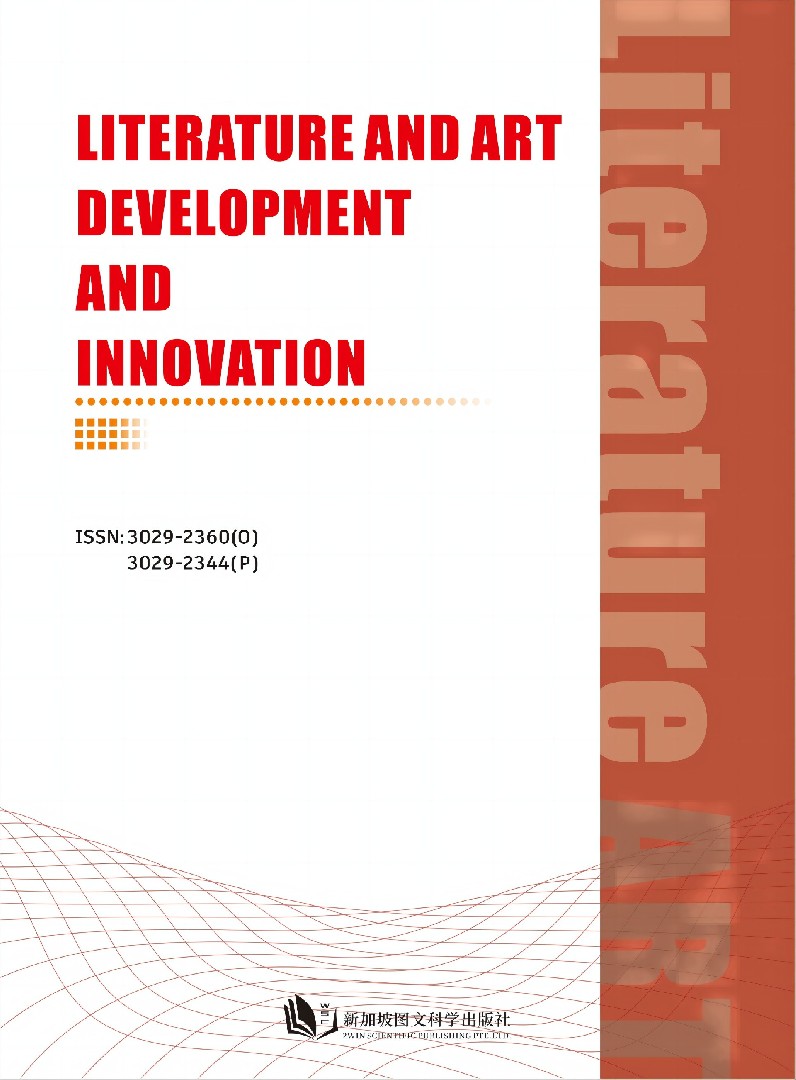作者
Zhongzi Wang
文章摘要
This study investigates the linguistic features and effective communication mechanisms of The Peony Pavilion's English translation in overseas contexts through Word Adjacency Networks (WANs). By analyzing co-occurrence patterns of function words and imagery vocabulary, the research reveals how the translator strategically balances cultural adaptation while preserving the text's oriental aesthetic essence to mitigate cultural discount. Findings demonstrate that the translator's precise linguistic adaptation strategies—such as explicitation of function words and retention of imagery vocabulary—successfully achieve cross-cultural acceptance. This "dual adaptation" mechanism not only enhances readability but also maintains cultural specificity, offering novel theoretical perspectives and practical paradigms for drama translation.
文章关键词
The Peony Pavilion; overseas communication; Word Adjacency Networks (WANs); cultural adaptation; cross-cultural communication
参考文献
[1] Birch,C.(1980).The Peony Pavilion.Bloomington:Indiana University Press.
[2] Birch,C.(2002).Mudan Ting(The Peony Pavilion):A Translation with an Introduction and Notes.Bloomington:Indiana University Press.
[3] Segarra,S.,Eisen,M.,Egan,G.,&Ribeiro,A.(2016)."Attributing the Authorship of the Henry VI Plays by Word Adjacency."arXiv preprint arXiv:1610.05670.
[4] Lee,T-K.,&Ngai,C.S.B.(2023)."Translating Eroticism in Traditional Chinese Drama:Three English Versions of The Peony Pavilion."Journal of Translation Studies,15(2),45-67.
[5] Appiah,K.A.(2004)."Thick Translation."In L.Venuti(Ed.),The Translation Studies Reader(2nd ed.,pp.389-401). New York:Routledge.
[6] Chang,N.(2004).Criticism of Chinese and Western Translation Theories.Beijing:Tsinghua University Press.
[7] Han,Z.(2008)."Sex Taboo in Literary Translation in China:A Study of the Two Chinese Versions of The Colour Purple."Babel,54(1),69-85.
[8] Ke,P.(1999)."Cultural Presuppositions and Misreadings."Meta,44(1),133-143.
[9] Levy,J.D.(1982)."Review:The Peony Pavilion."The Hudson Review,35(2),314-318.
[10] West,S.,&Birch,C.(1982).The Peony Pavilion:A Chinese Drama by T'ang Hsien-Tsu.London:Cambridge University Press.
Full Text:
DOI
